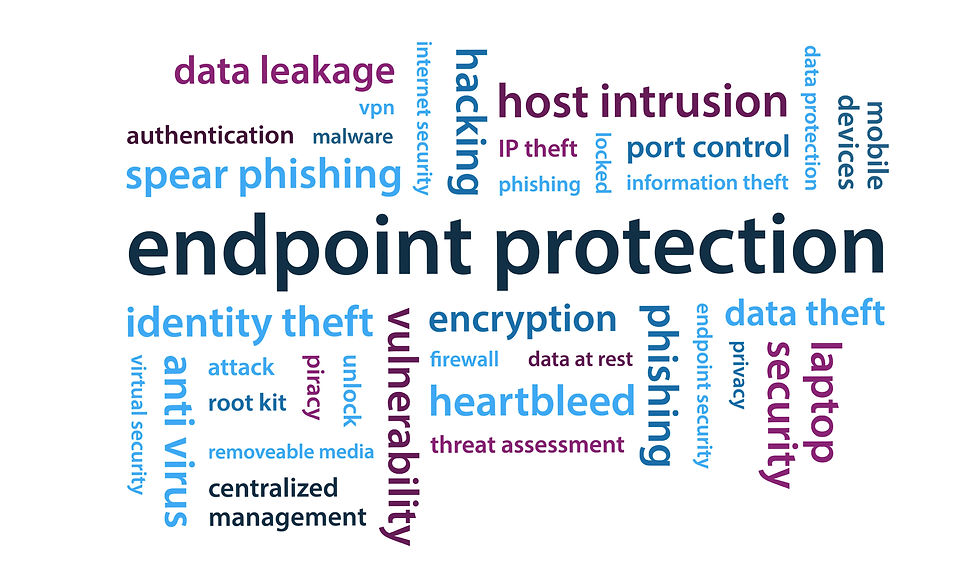Beyond MDR: How Preemptive Response Raises the Bar
- PAGO Networks

- Apr 21
- 2 min read

Cybersecurity threats are becoming faster, more sophisticated, and increasingly targeted. In response, many organizations rely on Managed Detection and Response (MDR) services to strengthen their defenses. MDR combines technology and human expertise to detect, investigate, and respond to security incidents. However, traditional MDR models are primarily reactive — they respond to threats after they have surfaced. As attackers evolve, this model is no longer sufficient.
A more advanced, proactive model known as Preemptive MDR is emerging, offering earlier intervention and risk reduction. This article explores the difference between these service models, the operational advantages of adopting a preemptive strategy, and why it matters in today’s complex threat landscape.
What is Managed Detection and Response (MDR)?
Managed Detection and Response is a cybersecurity service that delivers continuous threat monitoring, detection, and response support. It typically includes:
24/7 security monitoring
Detection of threats using endpoint, network, and cloud telemetry
Threat hunting by security analysts
Incident validation, investigation, and remediation recommendations
Most MDR solutions focus on responding to threats after detection, reducing incident impact but not preventing initial compromise.
What is Preemptive MDR?
Preemptive MDR enhances traditional MDR by adding proactive security practices aimed at identifying and neutralizing threats before escalation. It includes:
Continuous proactive threat hunting
Attack surface management to uncover vulnerabilities
Predictive threat intelligence to anticipate attack methods
Early-stage disruption of adversary activity
This model works in real time to reduce attacker dwell time and limit exposure to critical assets.

Comparison: MDR vs. Preemptive MDR

Advantages of Preemptive MDR
Detect and Disrupt Threats Earlier
Early detection reduces dwell time and stops attackers before lateral movement, lowering breach impact. IBM’s 2024 Cost of a Data Breach Report shows faster detection equals lower financial loss.
Reduce Alert Fatigue
Proactive hunting addresses threats before alerts trigger, reducing analyst overload and improving efficiency.
Improve Risk Posture
Attack surface management identifies and addresses vulnerabilities continuously, limiting attack opportunities.
Faster, More Strategic Incident Mitigation
Early intervention minimizes downtime and accelerates recovery.
Align with Zero Trust Models
Preemptive MDR supports Zero Trust principles by continuously monitoring, validating trust, and proactively identifying threats across devices, users, and cloud environments.

Why This is a Disruptive Shift
Preemptive MDR fundamentally changes how organizations manage cyber risk. Instead of reacting after a compromise, businesses can now identify and neutralize threats during early phases of the attack lifecycle. This reduces financial losses, enhances resilience, and provides operational continuity in an increasingly aggressive threat environment.
As the cybersecurity threats are escalating in speed and sophistication, organizations must move beyond reactive detection models. Preemptive MDR provides a forward-looking, proactive strategy for identifying, investigating, and stopping threats before harm occurs. It will soon become an operational necessity for any business serious about cybersecurity resilience.
Discover how PAGO’s Preemptive MDR strategy anticipates, intercepts, and neutralizes threats before they escalate.
👉 Apply for Freemium! or contact our team sales@pagonetworks.com



